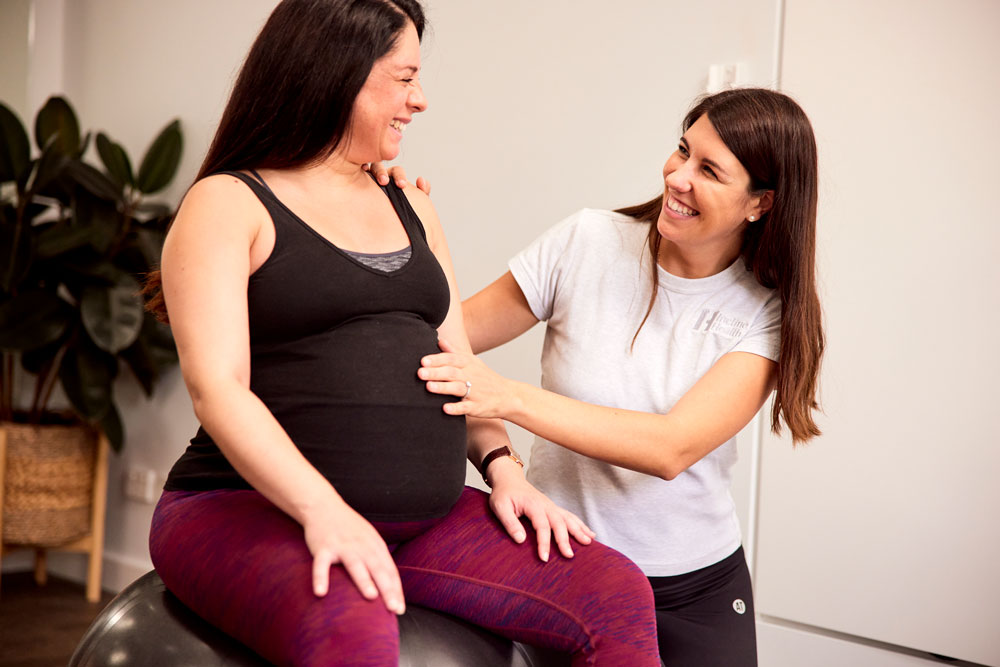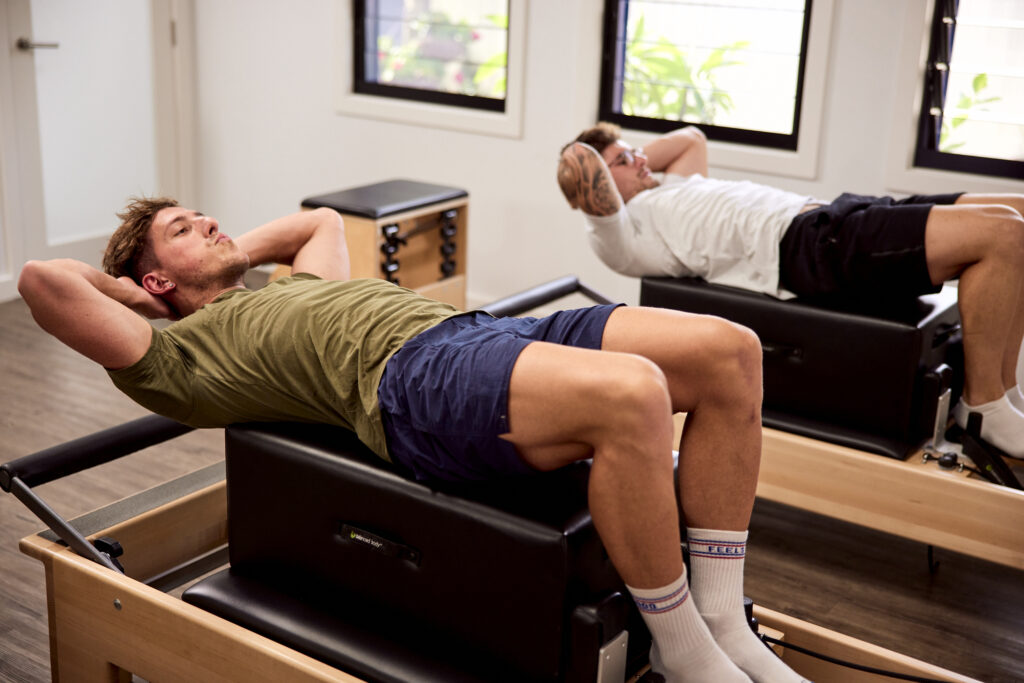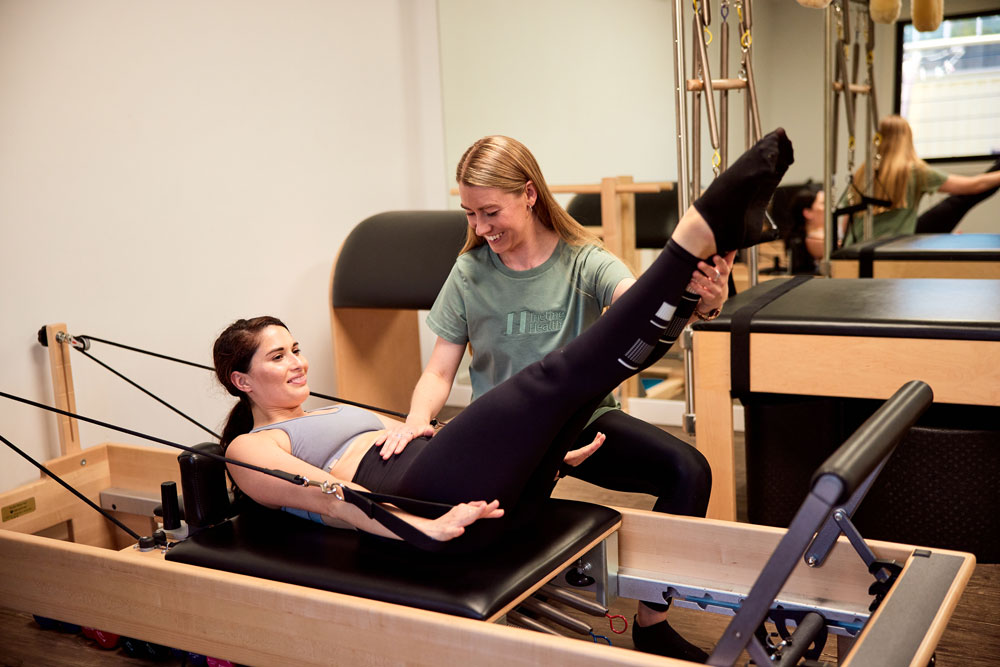What is the Difference Between Pilates and Yoga?
Many people who haven’t been practicing Pilates or Yoga for years will find it difficult to tell the difference between the two. This is completely understandable, as there are many similarities between these popular forms of exercising the body and mind. They are both low impact workouts that use bodyweight resistance to strengthen the body and improve flexibility, with the overall goal of improving wellbeing and quality of life.
However, for those that are struggling to choose between the two there are some important aspects that do help differentiate between them. So, what is the difference between Pilates and Yoga?
Origin and Philosophy of Pilates Vs Yoga


Perhaps the most fundamental difference between the two exercises is the philosophies that underpin them.
Yoga originated in India over five thousand years ago as a religious practice, to help people connect to the spiritual through movement and meditation. As such, while Yoga is a very physical pursuit, its purpose is much more about cultivating awareness, discernment and higher consciousness. Therefore, many of the exercises will involve aspects of meditation and spiritual practice that may or may not be what people are looking for.
Pilates on the other hand developed relatively recently in the 20th century by a man named Joseph Pilates, who was looking for a set of exercises to help rehabilitate injured war veterans by improving their strength and flexibility. This focus on healing and rehabilitation is what makes pilates such as fantastic practices for people who have been injured, are older or are simply looking to strengthen their entire body while remaining lean.
Movement
Another important difference between the two is the type of movement incorporated into the practices.
Yoga focuses heavily on flexibility and requires a substantial amount of joint mobility. While this is fantastic for someone looking to improve the way their body moves, it can be difficult, or even dangerous for people who have restricted joint movement or joint pain.
Pilates on the other hand focuses less on joint movement and more on repairing muscle imbalances and strengthening the core while improving flexibility, which makes it a perfect exercise for rehabilitation. It is important however to choose a Pilates instructor that has physical therapy experience, otherwise, they may not have the skill to guide you in restoring your body safely.
Breathing


While it might not be at the top of your list when looking at the differences between Yoga and Pilates, both have different approaches to breathing that affect the benefits gained from practice.
Yoga uses breathing as a meditative aid, to help centre the body and put you in a relaxed but alert state of mind.
Pilates on the other teaches its practitioners how to use the breath to oxygenate the muscles effectively during exercise, which can be very useful for athletes and people looking to boost their performance.
So Pilates or Yoga?
Both of these exercises are fantastic for strength, flexibility, mindfulness and relaxation, so you really can’t go too wrong with either one.
If you needed to choose, then as a general rule Yoga focuses more on the meditative and spiritual practices of the exercise, while pilates is more about rehabilitating the body and improving performance. With these differences in mind both of them will provide a host of benefits for wellbeing and quality of life when practiced properly and on a regular basis.





